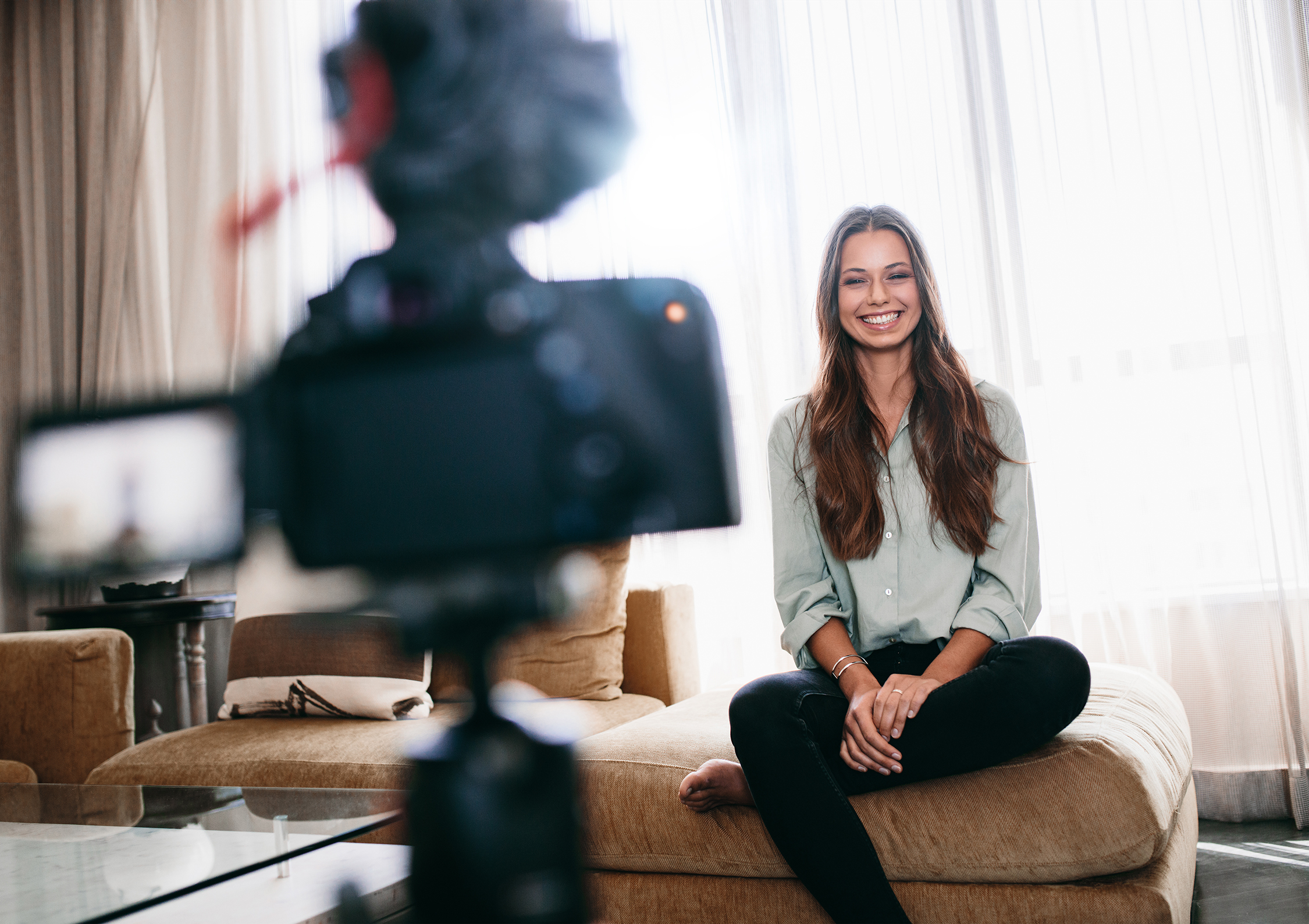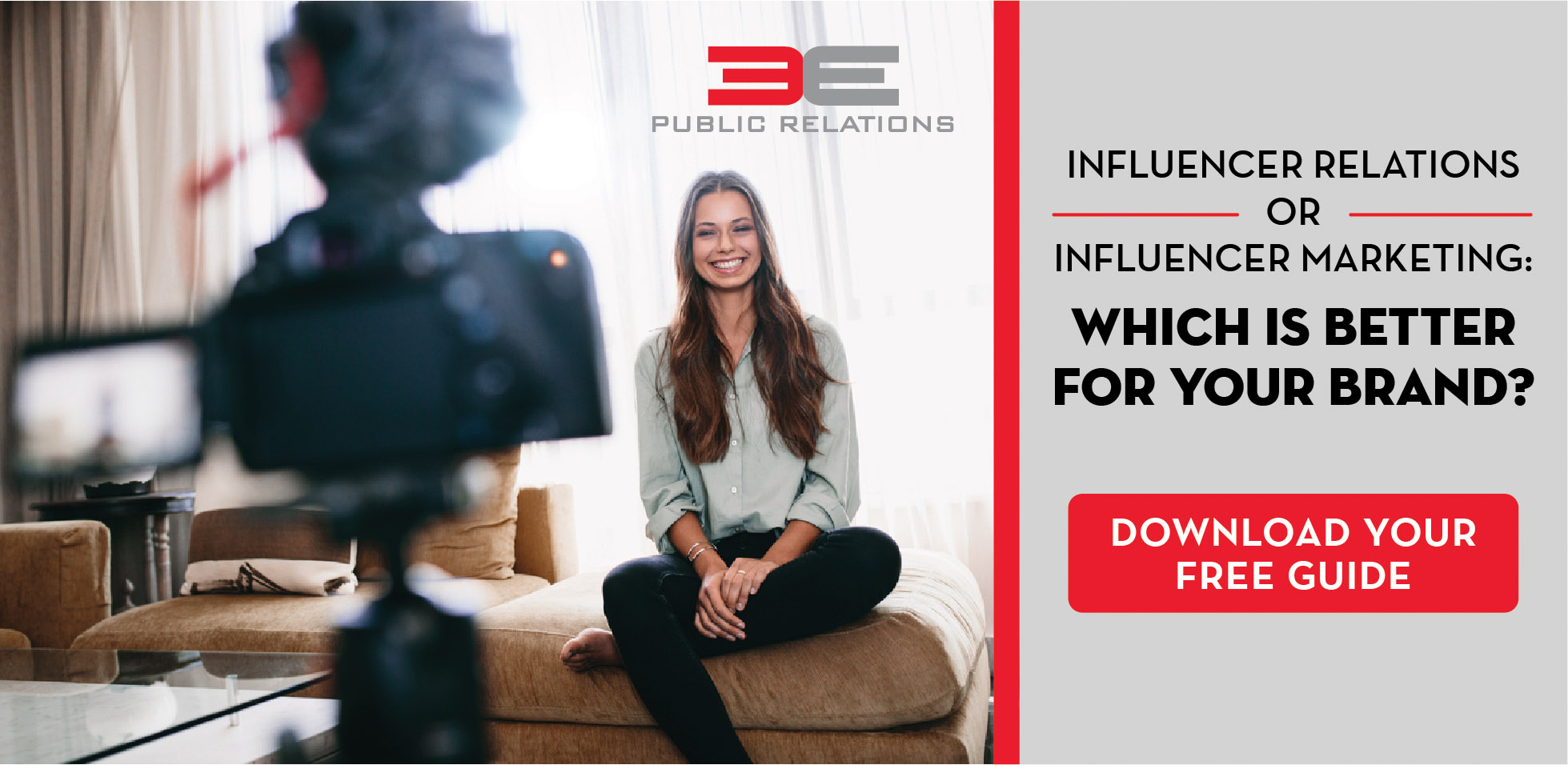Patrick Brightman - 02/07/2018
In our previous post on influencer collaborations, we outlined influencer relations and influencer marketing. Once a brand decides it wants to engage with an influencer, marketers and product managers must evaluate and decide which method will work best in reaching their goals and objectives. In this blog, we delve into the differences between the two approaches and how to decide which is more valuable to your brand.
Influencer Relations
It’s important to note that since influencer collaborations are becoming increasingly popular, it may become more challenging to find the best influencer for your brand. Not only do you have to find the proper fit, which we detailed in our last blog “The Power of Influencer Marketing and Influencer Relations”, but it’s as equally important to build a relationship to make a brand’s message authentic. Let’s describe two scenarios:
- A foodie on Instagram posts an image of herself smiling with your product in hand, and a caption that is obviously brand written.
- An influencer posting an original photo and content or streaming a Facebook Live video of herself using your product and explaining, in her own words, why she selected it over competitors.

Which do you think is more effective? The second scenario is more likely to resonate with the influencer’s audience and possibly shift their perception and potential interest in buying your product.
If a brand’s or influencer’s respective audience suspects that the post was paid for, the impact automatically lessens. To put it into perspective, the authenticity of third-party editorial coverage is considered much higher than a paid advertisement.
Though these long-term and trusted relationships generally take time to create and maintain, they usually have a greater Return of Investment (ROI). Influencer relations require brands to connect with the right people to create continued value and for influencers to maintain trust and credibility with their fans. Since this method involves community building, the effect is lasting.
It’s important to note that brands should partner with specialists who have experience with this method to achieve optimal success. Public relations professionals generally are well-versed in developing these relationships and can be a great value to scale current efforts to help shorten the time to see results and improve effectiveness.
Influencer Marketing
There are two advantages to influencer marketing:
- Content is published faster
- Placement is guaranteed
At first glance, these benefits seem very appealing to most brands. Once marketers dig into the details, some drawbacks are uncovered.
The biggest appeal of influencers to audiences is that their content appears real and honest. With an influencer marketing program, the transparency of the message can be lost and you don’t know how the audience will interpret it. The bottom line is that paid content looks like it was bought.
Most social media platforms require influencers to clearly show that it is sponsored content via hashtags such as #ad and #sponsored. Even the location on posts are being branded. When followers see obvious sponsored content, they are less inclined to believe that their influencer genuinely uses the brand.
Another potential drawback is the more powerful the influencer, the less chance he or she will be amenable to a paid agreement, as he/she must worry about how followers will view the partnership. It’s important to note, however, that most influencers will agree to a paid relationship, as long as the brand fits their image and content.
The obvious question when pursuing influencer marketing is, “How much should a brand pay an influencer?”
The answer is not as simple as you might think. Every collaboration is different, and the price tag varies based on several factors. Brands must keep in mind that even though influencer marketing is great for fast results and guaranteed coverage, popular influencers with high-quality content will charge higher rates. Also, these influencers usually are committed to maintaining their personal image and want creative control over collaborations. If your brand wants strict post requirements or untraditional requests, don’t be surprised if influencers start charging higher fees.
Compensation
The costs of an influencer collaboration can vary and depends on which path your brand takes. According to data pulled from thousands of influencer collaborations on Revfluence, the average sponsored post cost is 6-12 cents. Now, this may not seem expensive, but the cost has doubled since April 2015, and it is safe to predict it will continue to rise. Also keep in mind that the price per post is based on average engagements. Just because an influencer has a larger following doesn’t necessarily mean it has a highly qualified audience, as followers can be bought but engagement is organic.
Providing free product to the influencer or sponsoring a promotion and/or giveaway to his/her followers is another method of compensation. This approach generally works best with influencers who have less than 50,000 followers. Remember, the more valuable the product offered, the more room you will have to negotiate. Also note, influencers are more likely to work for free product or at a discounted price if they respect the brand and are following it themselves.
That brings to light another negotiating chip – the brand’s presence on social media. Influencers may charge less and have fewer demands if the brand has active Facebook, Instagram, and other pages with large engaged followings. Influencers see value in working with these brands, as they offer opportunities to reach new people and grow their own base.
Conclusion
Influencer collaborations are strong and resonate with consumers and audiences in all markets. There is a role for influencer relations and influencer marketing in every communications strategy. As we all know, social media keeps us on our toes (such as the new Facebook Algorithm update), so it’s essential to keep both avenues open and be able to leverage each depending on the platform, as well as the brand’s goals and objectives.

